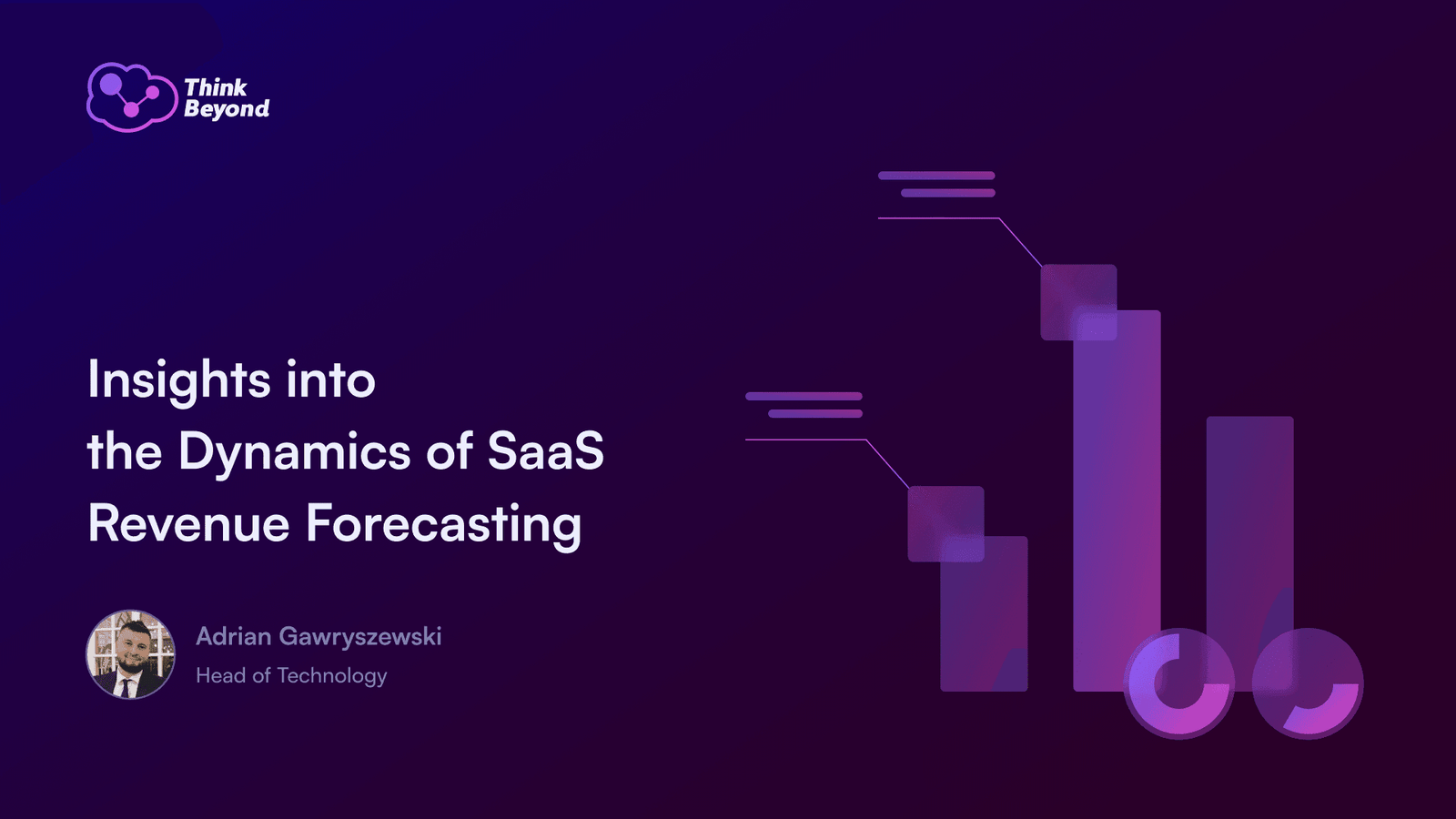
Imagine having a crystal ball that unveils the future of your SaaS business, guiding your every decision with precision. That’s the power of effective forecasting. Understanding the SaaS landscape and unlocking the potential of Salesforce are some topics covered in this article.
Let’s dive into the art and science of forecasting, where data-driven decisions and technological innovations converge to shape the future of your SaaS success story.
What Challenges Arise in SaaS Revenue Forecasting model?
Navigating the SaaS revenue forecasting landscape can be challenging.
Firstly, many SaaS companies don’t have enough information from the past. This makes it hard for them to find patterns and trends that can help them make accurate predictions.
Further, when important information is spread out across various platforms, it can be difficult to analyze it altogether.
Moreover, a common hurdle is the lack of seamless communication among teams involved in the forecasting process. If sales, marketing, and customer service teams work separately, it can make it difficult to predict how much money they will make.
For SaaS businesses who want to master the art of revenue forecasting and grow in this competitive landscape, it’s critical to tackle these challenges head-on.
Which Metrics Shape Future Revenue in SaaS Business?
One of the primary benefits of the SaaS and subscription business model is the guarantee of some future income through repeat billing — so it’s important to determine how much recurring revenue to expect. That means measuring customer retention is just as important as customer acquisitions when it comes to predicting future SaaS revenue. It requires a keen eye for metrics that cover both those strategies.
Customer Lifetime Value (CLV)
In the analytical journey, the CLV takes center stage, providing a holistic perspective on the long-term revenue potential each customer holds. By understanding CLV, businesses can tailor their efforts to acquire and retain high-value customers, ensuring sustained profitability over time.
Monthly Recurring Revenue (MRR) and Annual Recurring Revenue (ARR)
The financial metrics of MRR and ARR play a pivotal role. They provide real-time and annual insights into the consistent revenue generated from subscription-based models. MRR serves as an immediate indicator of the monthly revenue stream, while ARR provides a broader, long-term perspective.
Churn rate
Churn measures the rate at which customers cancel their subscriptions. A low churn rate indicates trust and contentment, whereas a high churn rate calls for tactical interventions to enhance product quality and the customer experience.
SaaS businesses gain a comprehensive understanding of their operational health, customer relationships, and market positioning through the intricate dance of these key metrics. This knowledge makes sure that forecasting revenue is not just about numbers, but also about changing customer needs and behaviors.
How does Salesforce help with forecasting method for SaaS businesses?
Salesforce helps SaaS businesses with forecasting, particularly through its Opportunities feature.
Opportunities serve as dynamic trackers for ongoing deals, capturing details such as associated accounts, key players, and potential sales figures. These can be generated for existing accounts or converted from qualified leads, giving a complete view of the sales pipeline.
The integration of Revenue Cloud within Salesforce takes forecasting to the next level. Revenue Cloud automates the generation of monthly Quantity and Revenue Schedules for Opportunity Products, streamlining the forecasting process. Unlike standard Salesforce product schedules, Revenue Cloud Line Item Schedules (RCLIS) provide detailed, customizable forecast data without tying up crucial fields and allows for ongoing adjustments to Quantity, Sales Price, and Total Price.
The flexibility of Revenue Cloud shines through in its ability to accommodate Actual Quantity and Actual Revenue entries without altering the original schedules. This is coupled with the convenience of adding custom fields for statuses or other criteria, enhancing the depth and accuracy of forecast reports. Moreover, RevenueCloud automatically splits Line Item Schedules, creating granular data that seamlessly aligns with standard Salesforce data.
For a comprehensive overview, Revenue Cloud’s “My Revenue” feature delivers dynamic and fully configurable reports, encompassing custom fields and related objects to provide a detailed understanding of Opportunities. SaaS businesses can choose the metrics that are important to them and schedule automated reports to get the current status of their sales and activities.
Salesforce and RevenueCloud transform the forecasting landscape for SaaS businesses, offering efficiency, accuracy, and adaptability to meet the evolving needs of predictive analysis.
Why SaaS Forecasting Matters?
Utilizing Salesforce in SaaS businesses offers a myriad of advantages.
- Foremost, it transforms how organizations plan and manage their cash flow. The integration enables the management of payments and provides a comprehensive view of Opportunities, empowering businesses with heightened visibility into both committed and forecasted revenue streams.
- The precision of sales forecasts facilitates informed decision-making in budget allocation and enables organizations to channel resources effectively into areas such as recruitment, email marketing, and social media campaigns.
- Profitability, cash flow management, and risk mitigation are all influenced by sales forecasts.
- Sales forecasting has become a must-have for SaaS startups looking for funding. Investors want to know if the business will make money shortly, and want to see proof that the founder’s ideas are supported by solid numbers.
Effective forecasting improves budgetary decisions and fosters trust among investors, positioning SaaS businesses for sustained success and growth.
Ready to Future-Proof Your Strategy?
In closing, let’s recall the timeless wisdom of the legendary entrepreneur, Peter Drucker:
“If you can’t measure it, you can’t improve it.”
This summarizes the essence of SaaS revenue forecasting, emphasizing the role that metrics play in driving continuous improvement.
As we delve into Customer Lifetime Value, Monthly and Annual Recurring Revenue, and the challenges faced, Drucker’s words underscore the importance of precise measurement in the pursuit of success.
Salesforce, with its forecasting capabilities, aligns with this philosophy, offering a transformative tool set for SaaS businesses. Accurate metrics measure success and provide a foundation for strategic enhancements.

